
Support Team
Feedback:
support@nextpcb.comWith the rapid development of electronic technology and its application fields, the types of components used are increasing day by day, and it is becoming increasingly important for engineers and technicians to learn and master the performance, use, and quality judgment methods of commonly used components.
Electronic components are the building blocks of any electronic circuit, and they perform a wide range of functions, from storing and filtering energy to controlling the flow of current. Some of the most commonly used electronic components include capacitors, resistors, inductors, potentiometers, diodes, transistors, tubes, relays, transformers, connectors, sensitive components, resonators, filters, and switches. Each of these components has unique features and characteristics that make them suitable for specific applications, and understanding their properties and functions is essential for designing and building reliable electronic systems.
Resistors are one of the most commonly used electronic components, rather than the most used. They are essential components in many electronic circuits, used to limit current, reduce voltage, and set bias points for other components.
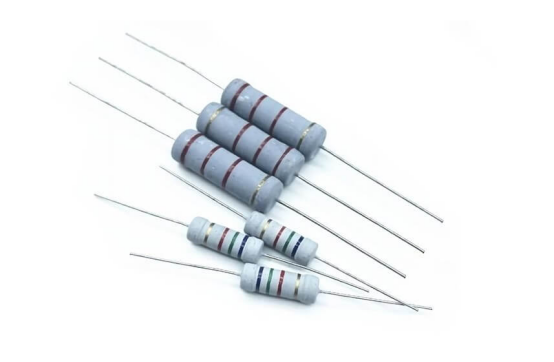
Capacitors are widely used electronic components in electronic equipment and circuits, and they serve a variety of purposes. They are commonly used in circuits for DC blocking, coupling, bypassing, filtering, tuning loops, energy conversion, and control.
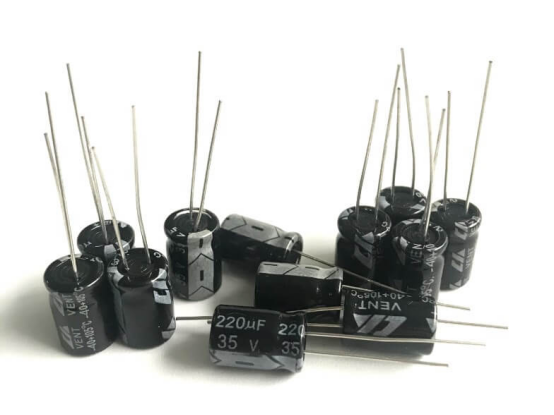
A crystal diode, also known as a semiconductor diode, is a two-terminal device in solid-state electronics that exhibits nonlinear current-voltage characteristics. With the development of semiconductor materials and process technology, a variety of crystal diodes with various structures and functions have been developed using different semiconductor materials, doping distributions, and geometric structures. However, it's important to note that the term "crystal diode" is not commonly used in modern electronics, and the more commonly used term is "semiconductor diode." Additionally, while crystal diodes can perform some of the functions mentioned, such as signal generation and control, there are other components that are better suited for these tasks, such as transistors and integrated circuits.
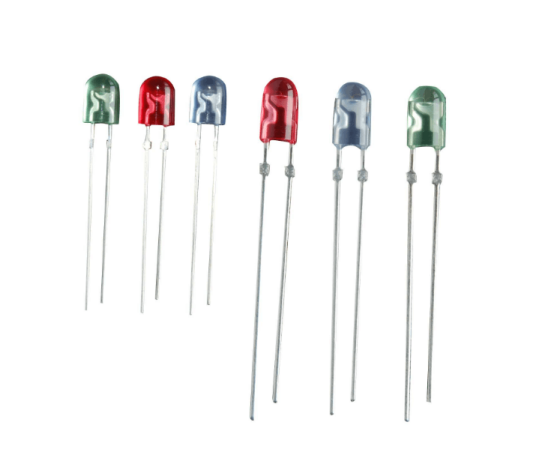
Zener diode, this diode is a semiconductor device with high resistance up to a critical reverse breakdown voltage. The characteristic of the Zener diode is that after breakdown, the voltage across the Zener diode remains basically unchanged. When a voltage regulator is connected to a circuit, if the voltage of the power supply fluctuates, or other causes cause the voltage at various points in the circuit to change, the voltage across the load will remain essentially constant.
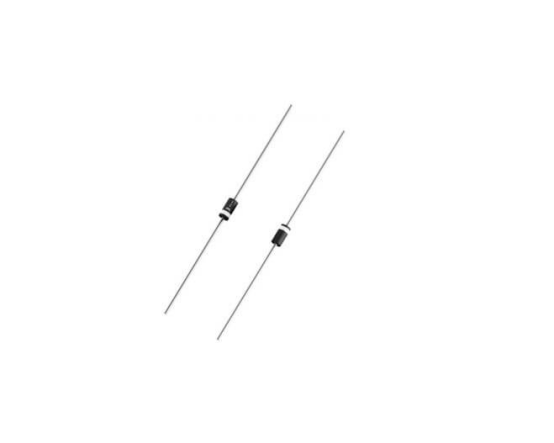
Inductance is a property of a closed circuit and a physical quantity. When the coil passes current, a magnetic field induction is formed in the coil, and the induced magnetic field will generate an induced current to resist the current passing through the coil; an inductor (English name: Inductor) is an inductive component made of inductive properties. When the inductor is in the state of no current passing, it will try to prevent the current from flowing through it when the circuit is on; if the inductor is in the state of passing current, it will try to maintain the current when the circuit is off. Inductors are also called chokes, reactors, and dynamic reactors.
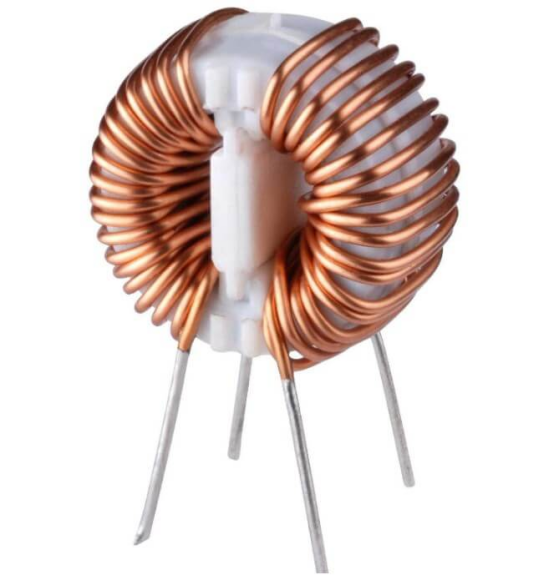
Varactor diodes, also known as “variable reactance diodes”, are made using the characteristic that the junction capacitance varies with the applied voltage when the pN junction is reverse-biased. It is used as a variable capacitor in high-frequency tuning and communication circuits. . It is used in high-frequency circuits for automatic tuning, frequency modulation, tuning, etc., for example, as a variable capacitor in the tuning circuit of a TV receiver.
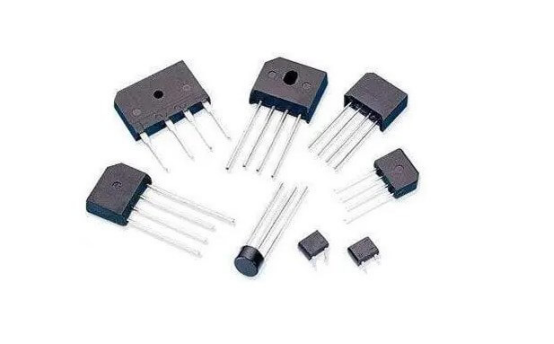
Crystal triode is one of the basic components of semiconductors. It has the function of current amplification and is the core component of electronic circuits. The triode is made on a semiconductor substrate with two PN junctions that are very close to each other. The two PN junctions divide the positive semiconductor into three parts. The middle part is the base area, and the two sides are the emitter area and the collector area. The arrangement is PNP. And NPN two kinds.
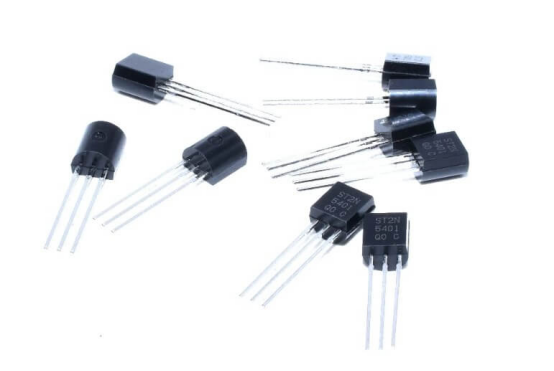
Field effect transistors are conducted by majority carriers, also known as unipolar transistors. It is a voltage-controlled semiconductor device. It has the advantages of high input resistance (108~109Ω), low noise, low power consumption, large dynamic range, easy integration, no secondary breakdown phenomenon, and wide safe working area.
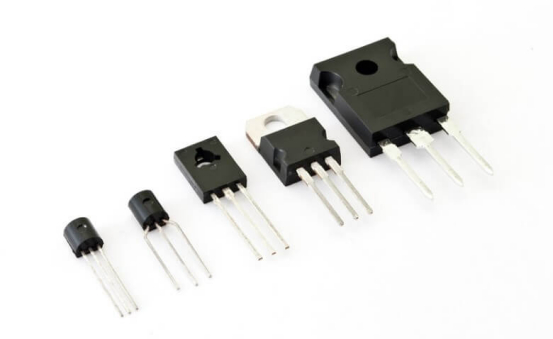
A sensor is a device that can sense a specified measured value and convert it into an available output signal according to a certain rule. Sensors typically consist of a sensitive element and a conversion element, which work together to detect and measure a physical or chemical quantity.
A sensor can be used to detect and sense external signals, physical conditions such as temperature, pressure, or humidity, or chemical composition such as the presence of gases or pollutants. Once the sensor detects the measured value, it converts it into an electrical or other output signal that can be used by other devices or systems.
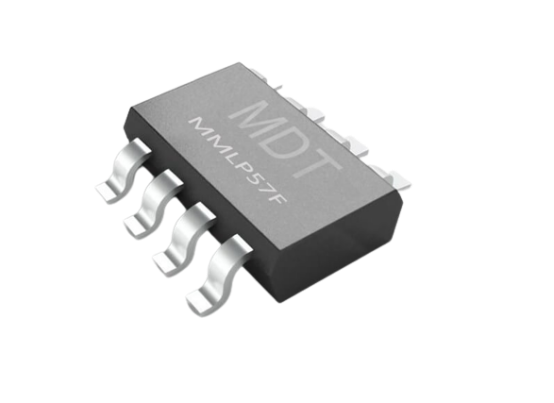
Transformer is a device that uses the principle of electromagnetic induction to change AC voltage. The main components are the primary coil, secondary coil, and iron core (magnetic core). Transformers are widely used in electrical equipment and wireless circuits for various purposes, such as raising or lowering voltage, matching impedance, providing safety isolation, and voltage stabilization. In a generator, whether the coil moves through the magnetic field or the magnetic field moves through the fixed coil, an electric potential can be induced in the coil. In both cases, the value of the magnetic flux remains the same, but the amount of magnetic flux intersecting the coil is different. Change, this is the principle of mutual induction. A transformer is a device that uses electromagnetic mutual induction to transform voltage, current and impedance. The functions of the transformer mainly include: voltage transformation; current transformation, impedance transformation; isolation; voltage stabilization (magnetic saturation transformer), etc.
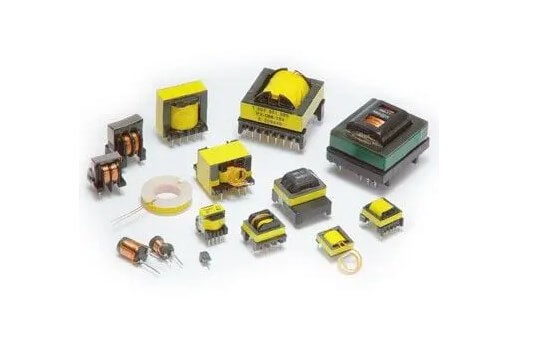
Still, need help? Contact Us: support@nextpcb.com
Need a PCB or PCBA quote? Quote now
|
Dimensions: (mm) |
|
|
Quantity: (pcs) |
|
|
Layers: 2 |
Thickness: 1.6 mm |
|
|
|